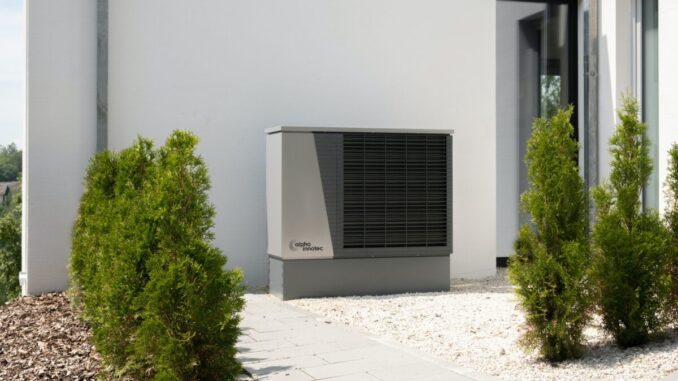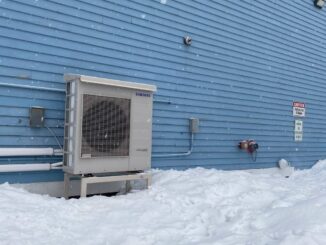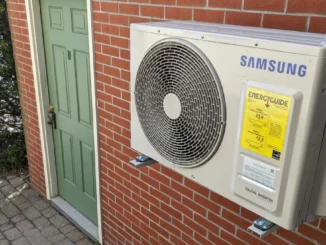
The researchers said that an increment in heating demand due to the use of heat pumps can be accurately predicted based on heating hours, local climate, heat loss and thermal mass. They also recommended including heat loss and thermal mass parameters in buildings’ energy performance certificates, so households can make more informed decisions before changing their system.
Heating demand might increase by more than 20% after a UK household switches from gas boilers to heat pump, new research from Cambridge University have shown.
In the study “How do heat demand and energy consumption change when households transition from gas boilers to heat pumps in the UK,” published in Energy & Buildings, the research group explained that heat demand should increase due to the change in heating patterns households experience after replacing their heating system, as they are typically recommended to maintain a constant setback temperature of 2-5 C less than the desired temperature.
“Households are often advised to increase the setback temperature to reduce the need for a rapid warm-up at the start of each heating period,” the scientists noted. “Home Energy Scotland suggests a setback temperature 5 C lower than the household’s preferred daytime indoor temperature. This would be 16 C for a preferred daytime indoor temperature of 21 C. Most other sources recommend only 2-3 C lower.”
The scientists believe that with the transition to heat pumps UK households may still suffer from high heat losses, due to the lack of good insulation, which would in turn may raise energy demand by 20%. For houses with better walls, practicing a twice-a-day heat pattern, a 15% increase is recorded; while houses that only heat the home once a day will experience a 5% increase in heat demand after switching to heat pumps.
“A problem is that electricity from the grid costs 32 euro cents ($0.35) per kWh, whereas gas costs about 9 euro cents per kWh, so it’s not guaranteed that the expense of installing a heat pump will pay for itself,” research co-author, Ray Galvin, told pv magazine. “Another step is to add rooftop photovoltaics, which reduces the energy coming into the building even more, and provides more or less free electricity for the times when the sun is shining and the heat pump is pumping.”
The researchers also explained that a change in heating patterns is crucial for the advice of a household in terms of energy costs. “The most usual practice in the UK is to base the estimate on existing bills or the heating requirement stated on the dwelling Energy Performance Certificate,” they stressed. “In either case this heat demand is for the heating pattern with the old heating system, leading to an underestimate of the electricity demand for the heat pump.”
The scientists believe, by contrast, that the increment in heating demand can be accurately predicted based on heating hours, local climate, heat loss and thermal mass. They also recommended including heat loss and thermal mass parameters in buildings’ energy performance certificates, so households can make more informed decisions before changing their system.
“Unfortunately this information is not available at the point when a householder asks an installer for a quote,” they added. “The householder is often asked to accept a quote based on an unrealistic prediction of their bills rather than an actual survey.”
In conducting this research, the scientist used 12 archetypes of homes prevalent across the UK and assumed them to run on gas boilers across the cities of Aberdeen, Finningley and Gatwick. They then measured their heat needs under different setback heating patterns, and finally transformed the consumption change to electricity usage of an air source heat pump would need.
“My usual definition of ‘heat pump ready’ is a heat pump that does not cost more, or at least not much more, than I pay now for my heating,’” co-author, Nicola Terry, told pv magazine. “This of course depends a great deal on the relative cost of gas and electricity, but also on the heat loss of your house and your radiator sizes.”



